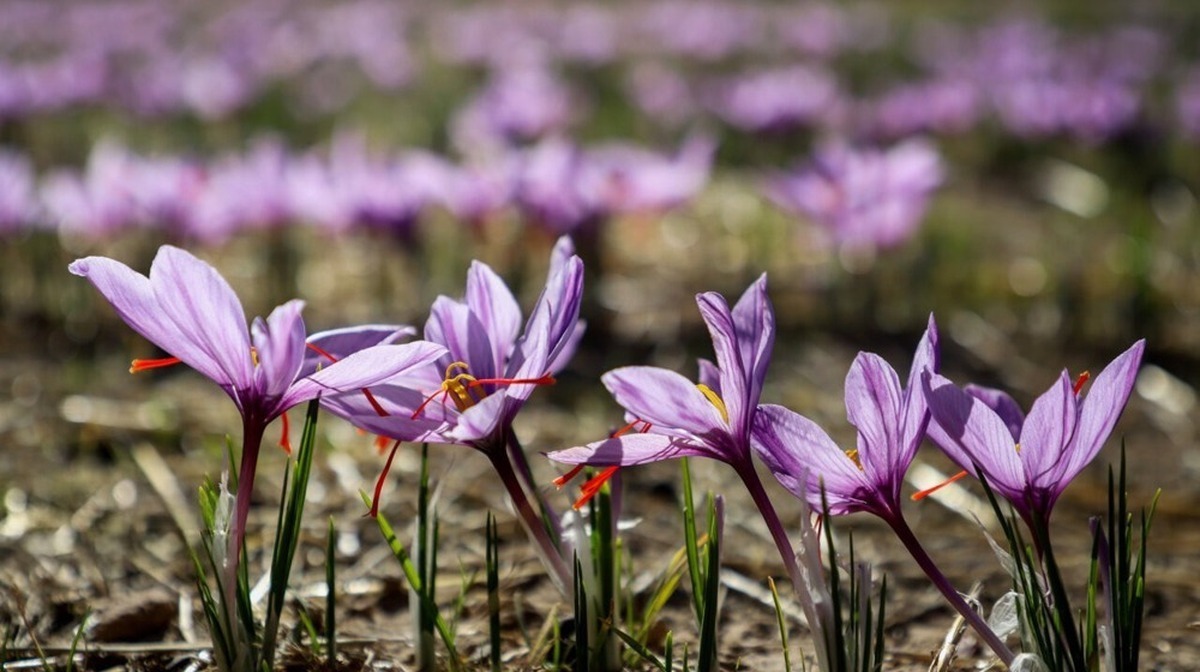
Iran Hub of World’s Most Expensive Spice
EghtesadOnline: Saffron is the world’s most expensive spice, used to give a golden yellow color to food and its distinct flavor.
A National Geographic report surveyed the crocus fields of Iran, where more than 90% of the world’s saffron are produced.
Saffron is known as the most valuable plant in the world and has been growing in Iran for thousands of years. It stems from Iran’s history. Before it’s bottled and sold in western grocery stores, saffron begins its life cycle in the Middle East as a delicate purple flower.
The sweetly floral substance is derived from the crocus flower’s dried stamen and the flower only blooms for about a week every year. But harvesting these pollen-producing parts is neither easy, nor cheap for farmers. It takes them 40 hours to handpick enough stamens to produce a single pound of saffron, and a football field’s worth of flowers to boot. For this reason, pound for pound, saffron is more expensive than gold, according to Financial Tribune.
Knowledge and experience about saffron have been developed and passed from generation to generation. Since saffron does not need too much water to grow, it suits Iran’s climate.
Iran is currently the biggest producer of this delicacy in the world. Its production of 360 tons of dry saffron per year has accorded the country more than 90% share of the global production.
FAO’s representative recently acknowledged that Iranian saffron is undoubtedly the best in the world.
Saffron is used in traditional medicine for improving the cardiovascular system and creating joy. It has been found to help fight cancer, improve memory and impart many other medical benefit.
It is interesting to know that 170,000 flowers weigh 100 kilograms, from which only 1 kilogram of dry saffron can be produced.
“More than 172 tons of saffron worth $246.7 million were exported from Iran to 47 countries, including the US, in the last Iranian year that ended March 20, 2017, up 32.3% in weight compared to the previous year,” said the chairman of Iran’s National Saffron Center, Gholamreza Miri, who expects exports to see a further 20% rise this year.
Last year, the area under saffron cultivation increased from 88,000 to 95,000 hectares.
Close to 95% of Iranian saffron are produced in the two provinces of South Khorasan and Khorasan Razavi both in the country’s northeast.


